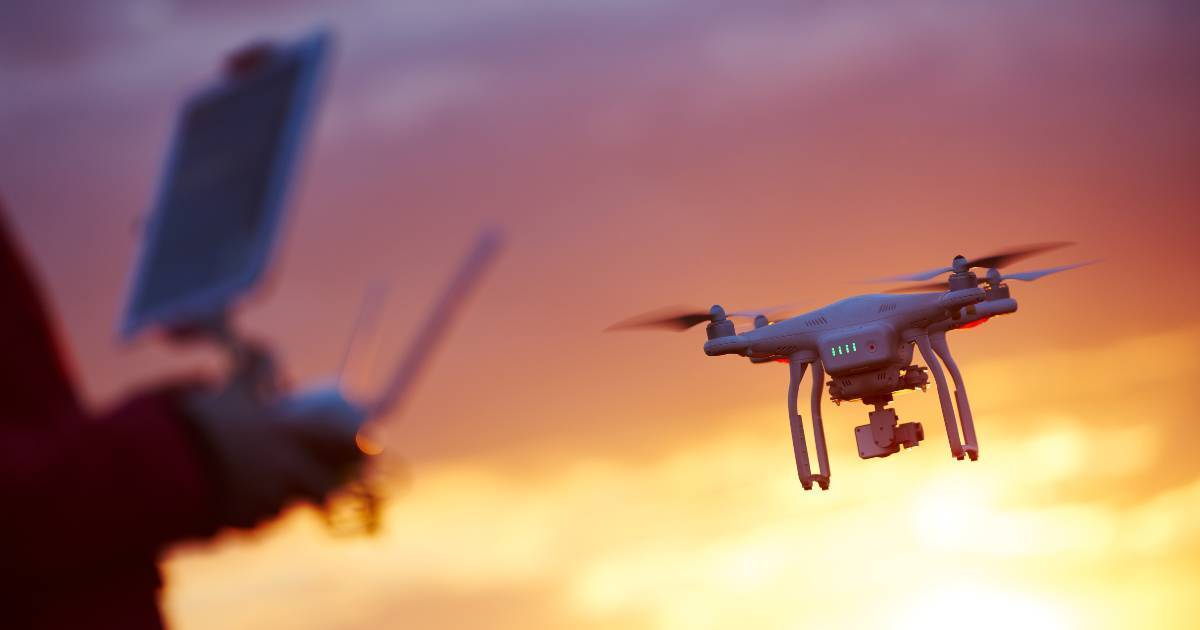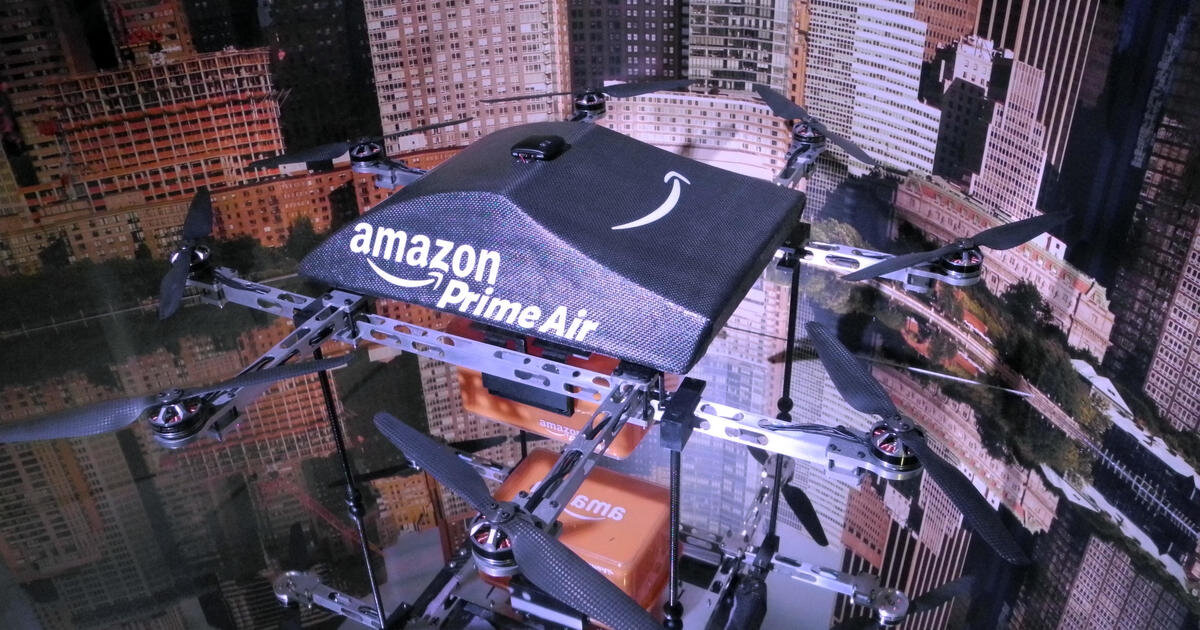
Amazon now allowed to deliver by drone: Implications for the economy
For years, the idea of drone delivery was seen as a pretty pie-in-the-sky endeavor. In the eyes of Amazon CEO Jeff Bezos, however, drone delivery is now looking like a piece of cake. After your next Amazon purchase, a flying robot may be coming right to your front door to drop it off.
For online shopping website titan Amazon, air delivery has always been a goal. Some insisted that using drones was a publicity stunt, but Amazon knew it was the future of delivery innovation. What exactly will Amazon’s drone system look like – and what does this advancement mean for the economy?
If you are interested in the topic you should check the information about affordable drones under $300. The anchor text will be affordable drones under $300. Our link is https://www.extremefliers.com/drones-under-300/.

Vying for FAA approval
The FAA (Federal Aviation Administration) has ruled all commercial use of drones in the U.S. prohibited. However, the agency has been granting exemptions.
Previously, the FAA has worked on deals with UPS’s “Flight Forward” service & Alphabet Inc’s “Project Wing” (a Google subsidiary.) Walmart is also in the race to get FAA permission to test drone delivery.
According to Amazon, they had to submit a massive collection of documents affirming that they could safely fly drones. The company developed strict protocols for training, maintaining, and operating testing drone deliveries.

The FAA requires that all exempted companies have licensed pilots as operators of the drones – this mandate has made drone deliveries very uneconomical thus far. Continually working with the FAA on guidelines, Amazon’s Prime Air service was finally granted an “air carrier certificate” under its Part 135 regulations. This allows the company to operate drones beyond line of sight in order to deliver packages.
Prime Air vice president David Carbon made a statement saying:
“This certification is an important step forward for Prime Air and indicates the FAA’s confidence in Amazon’s operating and safety procedures for an autonomous drone delivery service that will one day deliver packages to our customers around the world.”

Upping delivery speeds
Amazon’s progress on drone delivery isn’t just monumental because it’s technologically impressive. Prime Air is a game-changer in the online shopping industry because it could dramatically increase delivery speeds.
The new goal for Amazon’s Prime Air service is to cut the Amazon Prime shipping-time guarantee down to under an hour after Prime customers click “buy.” Amazon’s new certification will start testing customer deliveries with drones, but it may be a while until the use of them is widespread.

What does this mean for the economy?
Drone deliveries alleviate two limiting factors weighing down the delivery industry: wait times & human labor cost. While this seems like a dream, a closer economic look points out some problems with the drone delivery innovation.
Right now, delivery systems by truck are controlled by route density & drop size. This means that delivery time depends on the number of drop-offs made on a delivery route and the number of parcels per stop. The more deliveries during one run, the better the economic efficiency.

Drones aren’t tailored to this kind of delivery demand because they can only carry one package before they must head back to its homebase to recharge & pick up the next package. However, short-distance drone deliveries seem to be a functional method.
This is especially true considering that Amazon reported that 86 percent of its packages weigh under five pounds. Not to mention, the number of Amazon warehouses are increasing, thus making short-distance delivery more viable. Drone air freight costs may also be less expensive – one estimate suggesting that it could only cost 88 cents per delivery.
The stock market reflects the technological excitement that comes with Amazon’s successful drone delivery endeavors. Amazon shares increased by about 2.2 percent at $3,476.21 on Monday.



